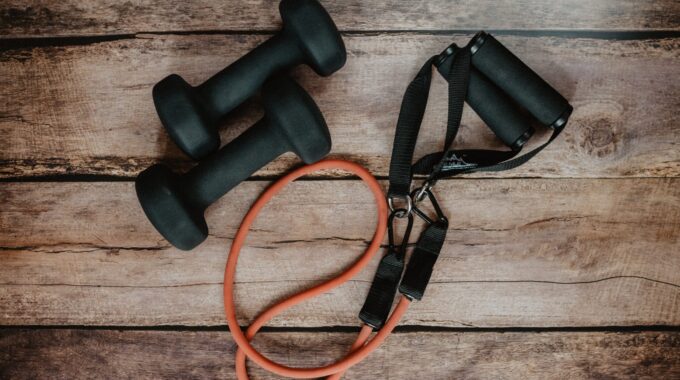Does Stretching Actually Benefit Us? The idea that we should stretch our muscles before…

Posture in the Workplace
Possibly one of the most unexciting topics to cover, HOWEVER it is certainly one of the most important for anyone working at a desk (standing or seated)!

What is posture?
Posture refers to the alignment and positioning of the body in relation to gravity, centre of mass and base of support. If our base of support (BOS) narrows this will have a direct impact on our balance and need for better postural awareness otherwise falling will ensue!
Lying down is an example of a wide BOS and standing on one leg a narrow BOS.
This is relevant when we look at standing vs sitting postures. When we sit we broaden our base of support and therefore tend to place less emphasis on our posture as at this point we are very unlikely to fall off our chair by slumping. This is why standing on the whole is posturally better as any shift in centre of mass will result in an impact elsewhere in the body in order for us stabilise.
Reasons why posture is important:

1) Maintaining good posture requires a level of muscle activation, maintaining bad posture requires a lot more! Regarding slumping when sat; if you bring your body and head forwards
(taking note that your head weighs 4.5-5kg) you will shift your
centre of mass forwards. The further you shift your centre of
mass the more your neck and back muscles need to work to
keep your head from falling forwards. Over a period of time
this will cause them to tighten into what they now deem to be your
normal daily position.
By tightening these muscles you will increase the pressure exerted at the muscles attachment points which in the case of neck muscles is your head and/or spine. This may lead to compression of the vertebrae and irritation of structures such as nerves which can lead to pain and often headaches (known as cervicogenic headaches).
2) Breathing- If you slump and try to take a deep breath you will find it rather more challenging than sitting upright. This is due to the fact that when slumped, your diaphragm has less room in which to contract. Seeing as oxygenating the body is important and slumping blocks the expansion of the rib cage, the next best thing is to use our neck muscles and lift the rib cage from the top. This would be ok but by doing so we not only reduce the amount of air intake but also overuse the muscles in our neck unnecessarily, again leading to tension and all of the points mentioned in the previous paragraph.
Simple points to consider-

1) Work station assessment- If you have not had a work station assessment I would strongly suggest you do as not only will it benefit your body but it is of benefit to the company as around 30 million days are lost every year in the UK as a result of neck and back pain in the UK. If you have any questions on this I am more than happy to discuss it with you or your employer.

2) When you have had a work station assessment make sure to use the chair correctly as no matter how good the assessment and intervention, it requires you to sit upright otherwise it will not work- The best way to help upper back posture is to make sure that the lower back is supported (lumbar support in the chair or take in a small pillow to work and place it in the small of your back).
3) Hydrate- It is very useful to keep well hydrated as water transports appropriate nutrients to your muscles which will help them to work a full shift.
4) Exercise- at the end of the day try not to go home and slump on a sofa and watch TV. Try to have a walk. Get your 10,000 steps in per day if you can but even if you haven’t had time to get out in the day make sure to go out in the evening.
Regarding exercise at work, I have written down some more specific stretches below that you can try which will help ease work related tension and improve postural awareness. When trying these make sure not to push into any pain. If they do cause any sensation other than a stretch you should stop them and consider booking in to see a Physio to help to establish what is causing the discomfort.
Exercise Examples
1) Chin tucks- This exercise is really useful in preventing and addressing forward chin postures that can lead to neck pain. Simply slide your chin and head back (giving yourself a double chin) and repeat 5 times every couple of hours if possible.

2) Neck Turns- try to do this throughout the day. 5 each way every 2 hours will help to keep your neck mobile and remind you about your posture as it is important to do this sat well.

3) Neck stretch- gently take your head down to one side- looking slightly down towards your arm- hold this as a light, pain free stretch for 30 seconds and repeat 3x on each side. (Don’t push into pain)

4) wall slides- taking arms above head slowly (trying to keep your arms back towards the wall if pain free)- 5 repetitions and 3 sets at the end of the day.


You may be someone who finds maintaining good posture very difficult. If so this may be due to muscle tension or postural muscle weakness which makes sustaining good posture very demanding. If this is the case, this is the time to seek help to address the underlying problems.
If you have any concerns about your posture or have neck and back pain (amongst others) please contact Reform on 01799530650/07399499959 or email reformphysio@outlook.com for some help and guidance. Or to Book Online click



